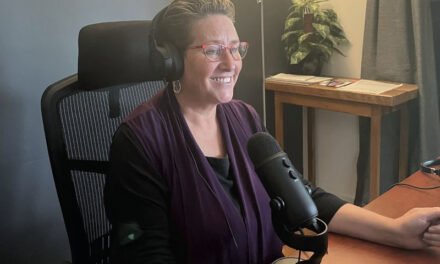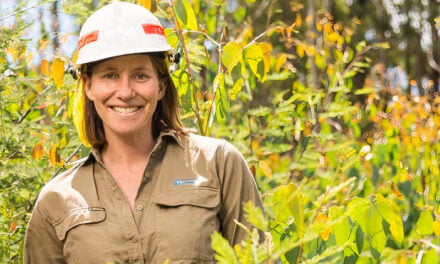A new awareness campaign urges homeowners and tradies not to be casual about asbestos risk.
The dangers of asbestos exposure are well known but many tradies and DIYers are still either overly casual when it comes to handling materials containing asbestos or don’t realise that’s what they are.
Since 2011, November has been named National Asbestos Awareness Month in a bid to improve education on the topic. This year, home renovators are the focus, as tightening budgets and a shortage of tradespeople are seeing more homeowners turn to DIY.
An easy-to-use Asbestos Product Database is available at www.asbestosawareness.com.au/asbestos-products-database. The database has been constructed for both novice and expert users. If you don’t know enough to search directly, you can click through to a general location such as ‘bathroom’ and the database will bring up a list of locations where asbestos-laden products might be. Some are expected, such as lining boards, others aren’t, such as adhesives, mastics, seals and dry powder mixes. Listings identify the product, where you’re likely to find it, brand names it was sold under and when, what it looks like (including images), the types of asbestos it contains and whether the asbestos is friable (and hence extremely risky) or non-friable.
Renovation expert Cherie Barber is the long-time ambassador for the campaign. For her it’s personal as she lost her grandfather to asbestos-related disease. “Many homeowners wrongly believe that asbestos-containing products are only found in fibro homes made from asbestos-cement sheeting,” said Barber.
“In fact, asbestos was used extensively in the manufacture of more than 3000 building and decorator products that can still be found in brick, fibro or weatherboard clad homes, apartments or sheds built or renovated before 1990. Many of these products could be lurking under floor coverings including carpets, linoleum and vinyl tiles, behind wall and floor tiles, in cement floors, internal and external walls, ceilings and insulation, eaves, roofs, around hot water pipes, fences, extensions, garages, outdoor toilets, backyard and farm structures, chook sheds and even dog kennels. It was everywhere!”
If undisturbed, well maintained and in a stable, sealed condition, these products are considered unlikely to pose health risks. However, if disturbed during maintenance, renovation or demolition, invisible fibres are released that can be inhaled, potentially leading to asbestos-related diseases including malignant mesothelioma, lung cancer, asbestosis and benign pleural disease. More than 4000 Australians die per annum from asbestos-related diseases, many of which appear decades after exposure.
“Australia was among the highest consumers of asbestos products in the world so it’s not surprising that a broad range of these potentially hazardous products are still commonly found in at least 1 in 3 Australian homes in some form or another,” said Barber.
“Because there is no known safe level of exposure to asbestos fibres, people could be playing ‘Renovation Roulette’. We want to ensure people renovate safely. We don’t want people to take the ‘she’ll be right’ approach and start work without first checking to see if asbestos might be lurking in their home.”

Clare Collins, chair of the Asbestos Education Committee and director of the national campaign said, “While asbestos-containing materials remain in any home built or renovated prior to 1990, the significance of this dedicated month-long campaign to the ongoing health of Australians cannot be overstated.”
The campaign, which had Federal Government funding until 2018, is run pro bono by Insight Communications with support from I-Nex and Gemma Waite of Moth Creative, working in partnership with Advocacy Australia. Funding partners are being sought to continue providing resources including fact sheets, guides to identifying asbestos in the home and checklists for both DIYers and specific trades to identify common asbestos-containing products you’re likely to encounter and where you’ll find them.
For more details and resources, visit www.asbestosawareness.com.au












